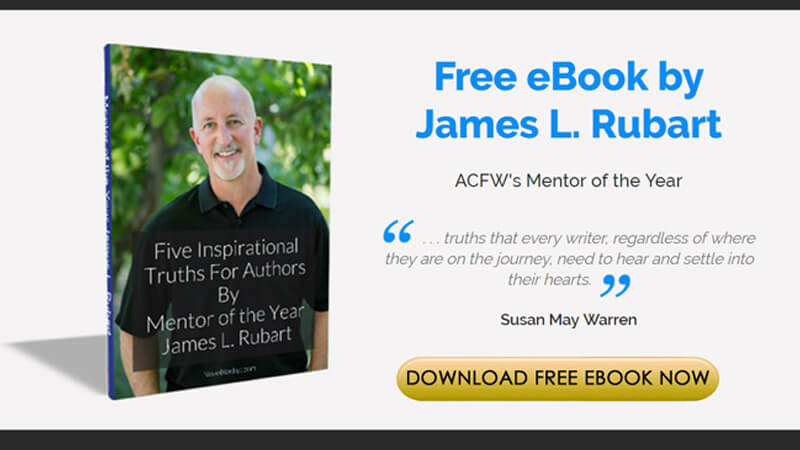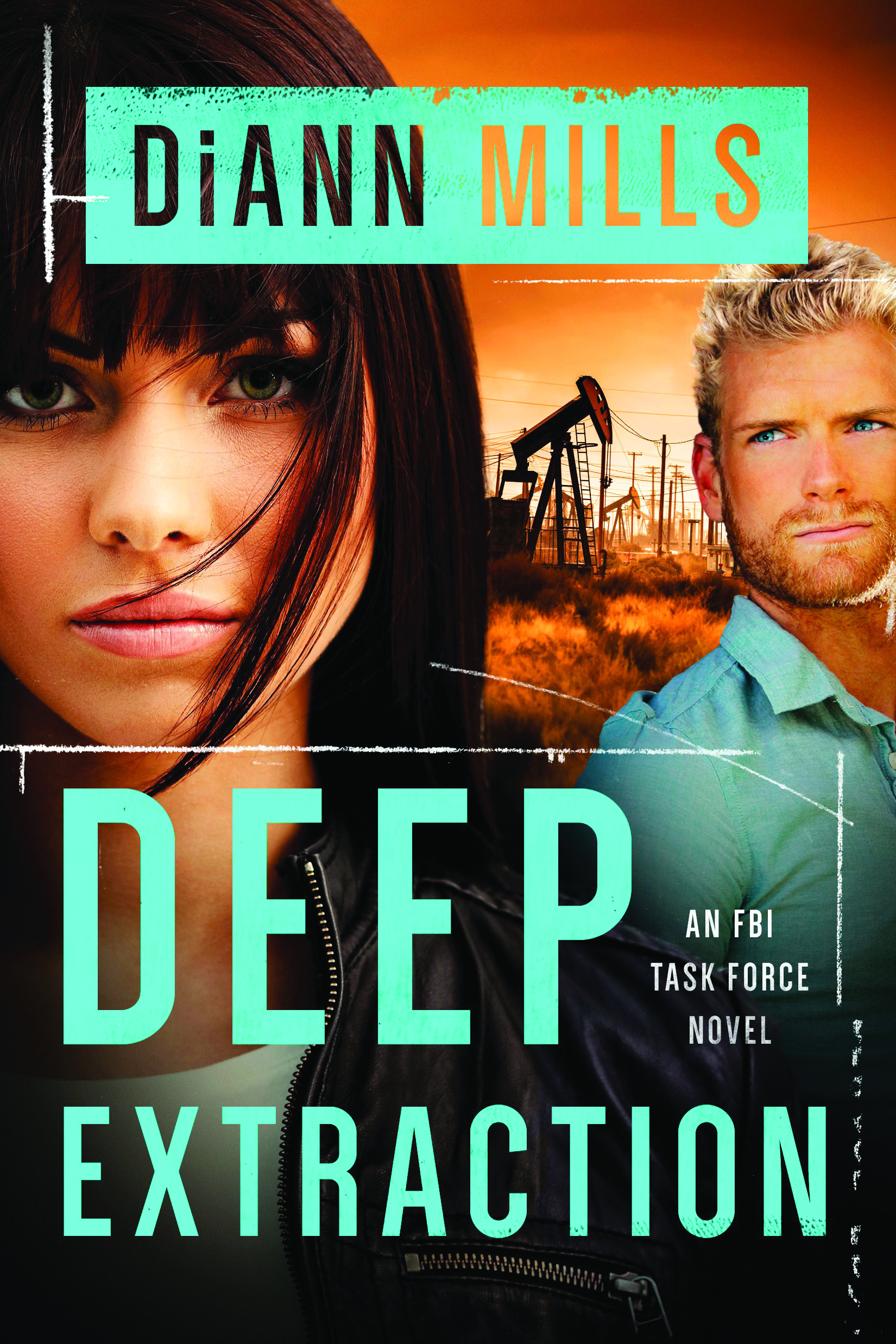By DiAnn Mills @DiAnnMills
We’ve all received the following writer’s advice:
“Write what you know.”
“Write what you don’t know.”
“Stretch.”
“Visit the novel’s setting.”
“No need to visit the novel’s setting.”
“Write family dysfunction.”
“Avoid family dysfunction.”
There’s evidence to substantiate every one of the above comments: the guidance has worked successfully for several writers.
Challenges are buried beneath the best of advice.
Do we write what we know, or do we research for the information we need? How do we writers discern what works best for us?
Perhaps the best answer is the wealth beneath each writer’s wisdom. When a writer conducts research, she steps into writing what she does know. The following are seven items to consider when adding detailed research, and the result is a powerful story.
- Focus on Sensory Perception. People remember events according to their own experience. These memories can add a personal touch and help you sort out truth.
- Visit the setting, but when that’s not possible, interview and read first hand information that addresses sensory perception. Churches, diners, museums, libraries, newspapers, and historical societies are rich sources of information. Study the people you interview. What does their body language reveal as they speak about special moments? Painful moments? A great way to communicate local flavor is by evoking the sense of taste. Whether you are in the States or halfway around the world, depicting food and drink brings a plus to your writing. Ever watch a travel show? By showing a restaurant, a food vendor, or a meal in someone’s home, you can offer awareness into that culture. Brushing your finger across the vegetation, dip your feet into the water, pet an animal, or embrace someone different. Experience the surroundings. Pick up a baby or hold a hand. Laugh. Cry. Ask questions. This may be difficult, but it always brings a reward.
- Use Emotion. Readers identify with how people experience and process the happenings in their lives.
- Write actively with strong nouns and action verbs to root readers into your adventuresome story.
- Enlist your imagination with what you learn about the area. Some years ago, my son and I visited Gettysburg. We were so moved, we thought we heard the cries of the soldiers. Listen to the sounds of nature. Tune your ear to the dialect of those you interview.
- Subscribe to logic that blends all you explore and choose to use.
- Dig into the traditions and customs for the setting’s richness. This can be a gold mine of authenticity.
How do you view your story’s setting?

TWEETABLES
Write What You Know or Not? by DiAnn Mills (Click to Tweet)
7 Things to Consider When Adding Research to Your Book~ DiAnn Mills (Click to Tweet)
Challenges are buried beneath the best of advice.~ DiAnn Mills (Click to Tweet)
DiAnn Mills is a bestselling author who believes her readers should expect an adventure.
 Her titles have appeared on the CBA and ECPA bestseller lists; won two Christy Awards; and been finalists for the RITA, Daphne Du Maurier, Inspirational Readers’ Choice, and Carol award contests. Library Journal Best Books 2014: Genre Fiction award in the Christian Fiction category for Firewall.
Her titles have appeared on the CBA and ECPA bestseller lists; won two Christy Awards; and been finalists for the RITA, Daphne Du Maurier, Inspirational Readers’ Choice, and Carol award contests. Library Journal Best Books 2014: Genre Fiction award in the Christian Fiction category for Firewall.DiAnn is a founding board member of the American Christian Fiction Writers, a member of Advanced Writers and Speakers Association, Suspense Sister, and International Thriller Writers. She is co-director of The Blue Ridge Mountain Christian Writers Conference and The Author Roadmap with social media specialist Edie Melson. She teaches writing workshops around the country. DiAnn is active online and would love to connect with readers on any of the social media platforms listed at www.diannmills.com.























